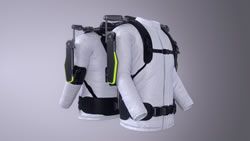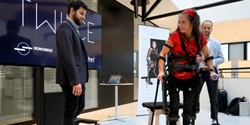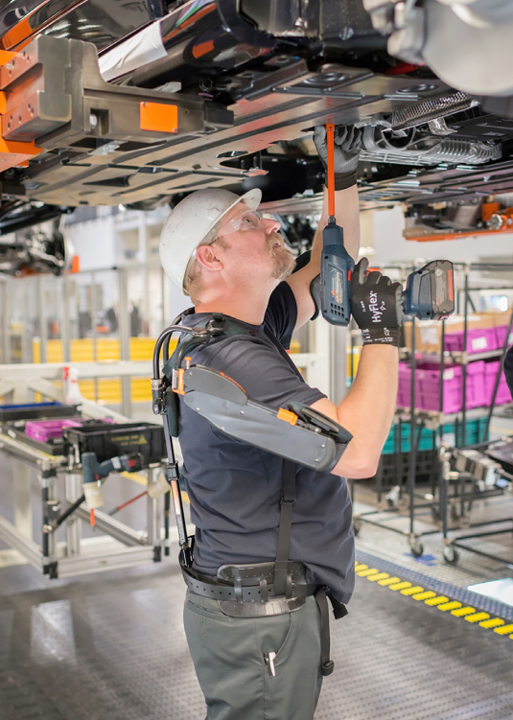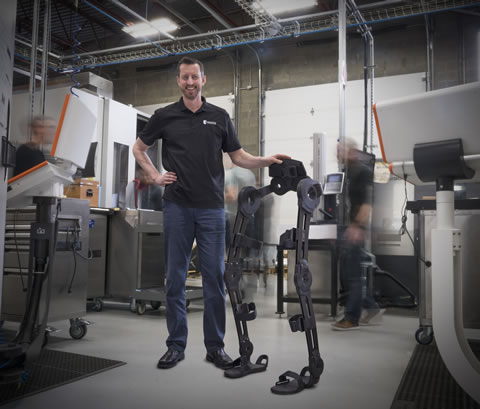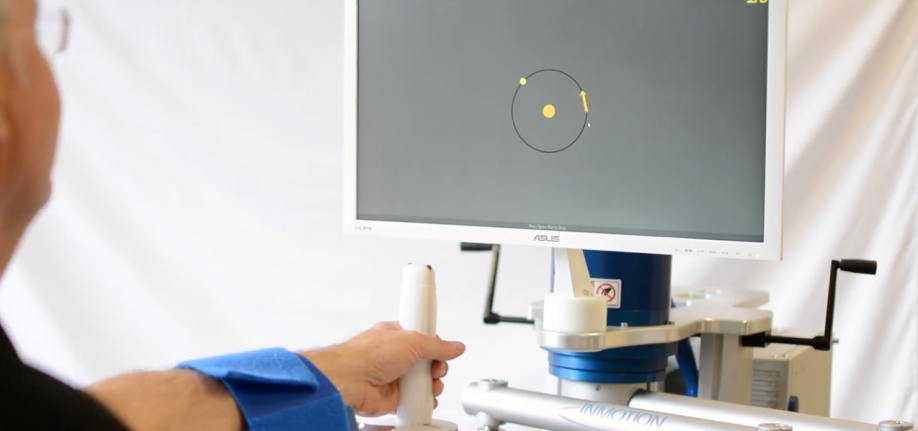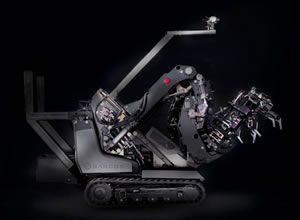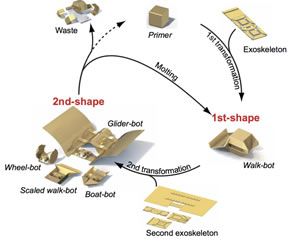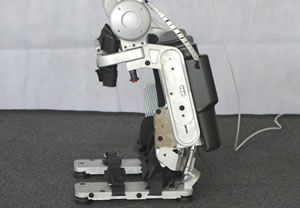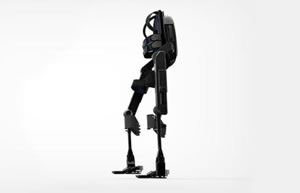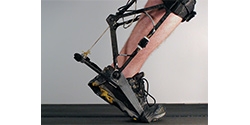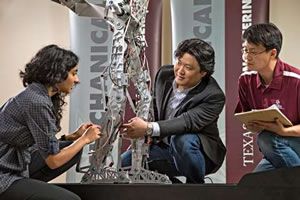Hyundai Motor Group Develops Wearable Vest Exoskeleton to Alleviate Burden in Overhead Work
Compact Mechatronic Drive for Robotic Applications
It Will Be Possible to Integrate Exoskeletons Into Clothes
Exoskeleton Market to Accrue Commendable Gains via Healthcare Applications Over 2017-2024
Humanizing Exoskeletons for Soldiers, Workers and Paraplegics
New Exoskeleton is Revolutionizing Work Processes
Getting Exoskeletons and Transporters into Every Home
RoboticsTomorrow.com - Q&A with Bionik Laboratories
Why Human-Controlled, Force-Multiplying Robots Are the Future of Work on Earth
The future of robots could be tiny origami bots that fold into different shapes
Has a French firm finally achieved the holy grail of robotics?
How Robots Using Amazon Alexa Could Help Injured People Be More Mobile at Home
Human Locomotion, Robotic Exoskeleton and Prostheses
ReWalk Unveils Soft Suit Exoskeleton for Stroke Patients
Researchers developing robotic prosthetics to help restore balance in fall victims
Records 16 to 30 of 36
First | Previous | Next | Last
Featured Product
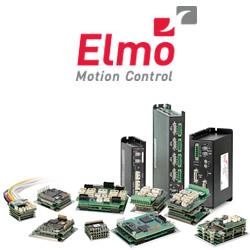
Elmo Motion Control - The Platinum Line, a new era in servo control
Robotics and Automation - Featured Company


